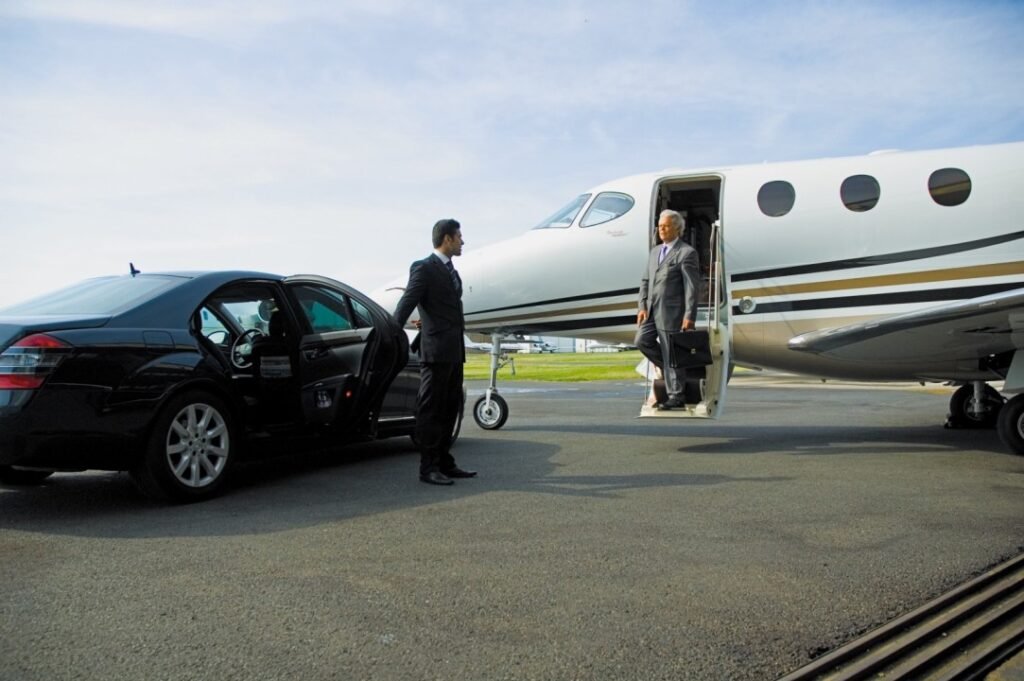Introduction:
airport transportation serves as the vital link connecting travelers from various destinations to airports, ensuring seamless journeys. With the continuous growth in air travel, the efficiency and convenience of airport transportation have become paramount. From taxis and shuttles to innovative ride-sharing services and public transit options, the landscape of airport transportation is evolving rapidly to meet the diverse needs of passengers. This article explores the current state of airport transportation, challenges faced, innovative solutions, and future prospects.
1 Challenges in Traditional Airport Transportation:
Traditional airport transportation methods, such as taxis and shuttles, have long been the primary choice for travelers. However, these options often face challenges such as long waiting times, congestion, and fluctuating fares. Additionally, the reliance on fossil fuels contributes to environmental concerns. The need for improved efficiency, reliability, and sustainability in airport transportation is evident as airports strive to enhance passenger satisfaction and reduce carbon footprints.
2 Rise of Ride-Sharing Services:
The emergence of ride-sharing services like Uber, Lyft, and others has revolutionized airport transportation. These platforms offer travelers convenience, affordability, and real-time tracking options through smartphone apps. By utilizing existing vehicles and drivers, ride-sharing services optimize resource utilization while providing flexible transportation solutions. However, issues such as congestion at pick-up points and airport regulations pose challenges that require innovative solutions and collaboration between stakeholders.
3 Integration of Public Transit:
Public transit systems play a crucial role in providing sustainable airport transportation solutions. Many airports worldwide are investing in improving connectivity through trains, buses, and other mass transit options. Seamless integration between airport terminals and public transit hubs enhances accessibility and reduces dependency on private vehicles. Initiatives such as dedicated airport express lines and discounted fares for travelers contribute to promoting public transit as a viable choice for airport transportation.
4 Sustainable Innovations:
In response to environmental concerns, airports and transportation providers are increasingly adopting sustainable practices. Electric and hybrid vehicles are becoming commonplace in airport transportation fleets, reducing emissions and noise pollution. Furthermore, initiatives such as carpooling programs and shared mobility services contribute to minimizing traffic congestion and promoting eco-friendly travel options. As sustainability continues to gain momentum, innovative solutions like solar-powered charging stations and carbon offset programs are shaping the future of airport transportation.
5 Future Trends and Technologies:
The future of airport transportation is poised for significant advancements driven by technology and evolving traveler preferences. Autonomous vehicles, drones for luggage transport, and hyperloop systems are among the futuristic concepts being explored to revolutionize airport connectivity. Additionally, advancements in artificial intelligence and data analytics enable predictive modeling for optimizing transportation routes, reducing wait times, and enhancing overall efficiency. As airports continue to evolve into smart transportation hubs, seamless integration of technologies will redefine the travel experience for passengers worldwide.
Conclusion:
Airport transportation plays a critical role in ensuring the smooth flow of travelers to and from airports, impacting the overall travel experience. Addressing challenges such as congestion, environmental sustainability, and passenger convenience requires collaborative efforts among stakeholders. By embracing innovative solutions, leveraging technology, and prioritizing sustainability, airports can enhance transportation infrastructure, fostering seamless journeys and enriching the traveler experience. As the landscape of airport transportation continues to evolve, adaptation to emerging trends and technologies will be essential in shaping the future of air travel.
